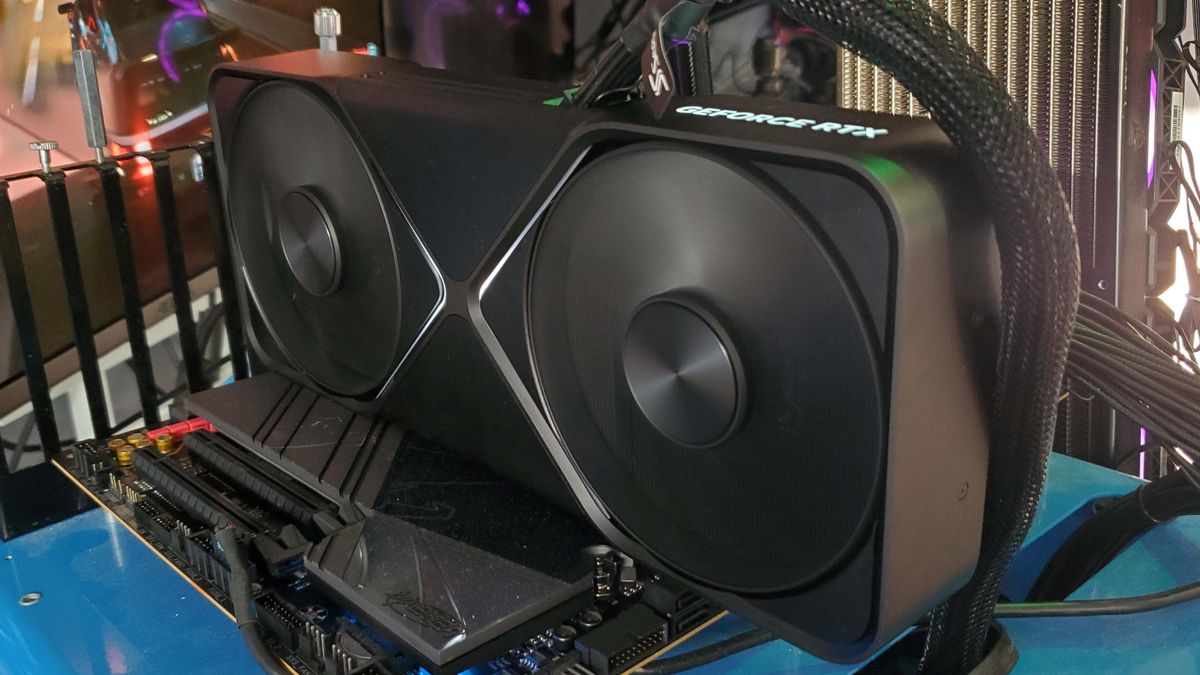Especially if it's a cable carried over from the 40 series as the 5090 draws up to 56 Amps through a (the newer)cable designed for 60 Amps.
56A.... that's 672 Watts. The Connector is specced for 684 Watts Max, so already it's gone from a frankly terrible 1.1 Safety factor to basically no safety factor.
And then we wonder why things are melting


16-pin 12VHPWR connector - Wikipedia
EDIT:
60A = 720 Watts? that over spec for the connector?
Last edited:


 Path of least resistance... increase resistance even slightly, and electricity will take other paths, which results in the load balancing I'm talking about.
Path of least resistance... increase resistance even slightly, and electricity will take other paths, which results in the load balancing I'm talking about.
